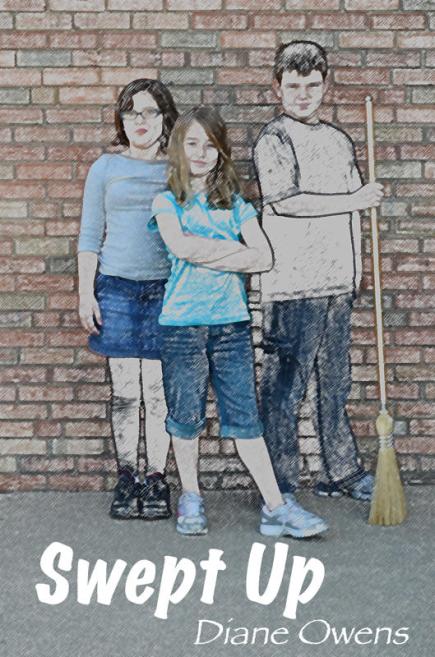Describe It
 How you describe places and characters can create the perfect mood and tone for your story. That’s why scary movies are filled with dark places and creepy sounds and why fantasies are filled with bizarre creatures you’d never see in real life. Putting readers in the right mood gets them ready for what’s to come and helps them connect and relate to your story. Usually, it’s best to describe a place at the beginning of the scene and describe a character when he or she first appears.
How you describe places and characters can create the perfect mood and tone for your story. That’s why scary movies are filled with dark places and creepy sounds and why fantasies are filled with bizarre creatures you’d never see in real life. Putting readers in the right mood gets them ready for what’s to come and helps them connect and relate to your story. Usually, it’s best to describe a place at the beginning of the scene and describe a character when he or she first appears.
Your MC’s Mood
What you describe can also show readers how your MC feels. An angry MC won’t notice the sun shining on the rose petals. Instead, he or she will only see the wicked thorns. By describing the thorns and ignoring the flower, you show readers something annoying and they’ll sense your MC’s mood.
Just a Little
Description adds life and color but a little goes a long way. Be extra careful with adjectives. The more you use, the less power they have. Pick a few that really set the tone and sprinkle them throughout your story.
Make Verbs Work for You
Better yet, choose strong verbs and specific nouns. Unlike adjectives, you can never use too many of them and they work just as well. A limousine crawling along the city avenue is just as descriptive as a long, shiny car driving down a busy street.
There are a kazillion verbs and each one paints a slightly different picture. To find them, click on the online thesaurus in the blogroll at the bottom of the site. Type in any verb to see how many choices you have.
To practice the tips and techniques on this page, go to the activities page for Mood & Tone.




